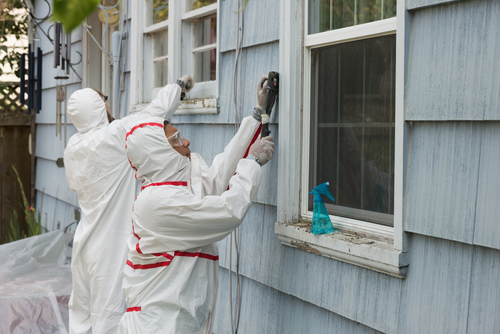Kids with Sickle Cell Disease at Risk for Lead Poisoning, NYC Study Shows

National and local policies have led to large reductions in lead poisoning cases overall in the U.S., but severe cases are still common among children. Recently, researchers at the New York City Department of Health and Mental Hygiene (DOHMH) investigated sources of exposure, risk factors, and outcomes for children with severe lead poisoning. Sickle cell disease was identified as a risk factor.
The study, “Epidemiologic Characteristics of Children with Blood Lead Levels ≥45 μg/dL,” was published in the Journal of Pediatrics.
Lead poisoning happens when lead builds up in the body over months or years, but even small amounts of lead can cause serious health problems. Children under age 6 are especially vulnerable to lead poisoning, which can severely stunt mental and physical development.
“Understanding the incidence, sources, and treatment outcomes can promote timely identification of cases, as well as help inform clinical practice and public health policy,” Dr. Jacqueline Ehrlich, MD, of the DOHMH, said in a news release.
Exposures at blood lead levels (BLLs) of 5 μg/dL have been linked with long-term cognitive deficits in children, and exposures at BLLs of more than 45 μg/dL can lead to organ damage and death.
In the new study, Ehrlich and her colleagues aimed to identify risk factors and describe outcomes for children newly identified with severe lead poisoning, defined as blood lead levels (BLLs) of or more than 45 mg/dL.
The Lead Poisoning Prevention Program within the DOHMH maintains a registry containing all blood lead test results on children in New York City. New York state mandates blood lead testing at ages 1 and 2 years.
Home visits were conducted by DOHMH inspectors where children with BLLs of or more than 15 mg/dL lived. A risk assessment made note of the child’s behavior, recent home renovations or repairs, occupations and hobbies of household members, and use of imported products that may contain high levels of lead. Inspectors measured the lead content of painted surfaces.
In their analysis, 145 children who had (BLLs) of or more than 45 mg/dL between 2004 and 2010 were identified. The average age of the children at identification was 3.83 years. The average time for BLL levels to drop below 10 mg/dL was 3.26 years.
The results showed the most frequent risk factors for severe lead poisoning were eating paint (36%); spending time outside the U.S. (34%); having a developmental delay (27%); using imported products (26%); being born in another country (14%); being of Pakistani descent (12%); eating soil (5%); and having sickle cell disease (4%).
When researchers compared the cases of children with lead poisoning to the age-standardized population, they found that children with severe lead poisoning were more likely to be Asian or African-American who lived in homes built before 1940.
“Physicians should be especially vigilant in certain at-risk populations, including children who eat paint, spend time outside the U.S. (particularly in Pakistan), use imported products, or have developmental delays of sickle-cell disease,” Ehrlich said.






